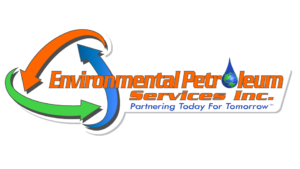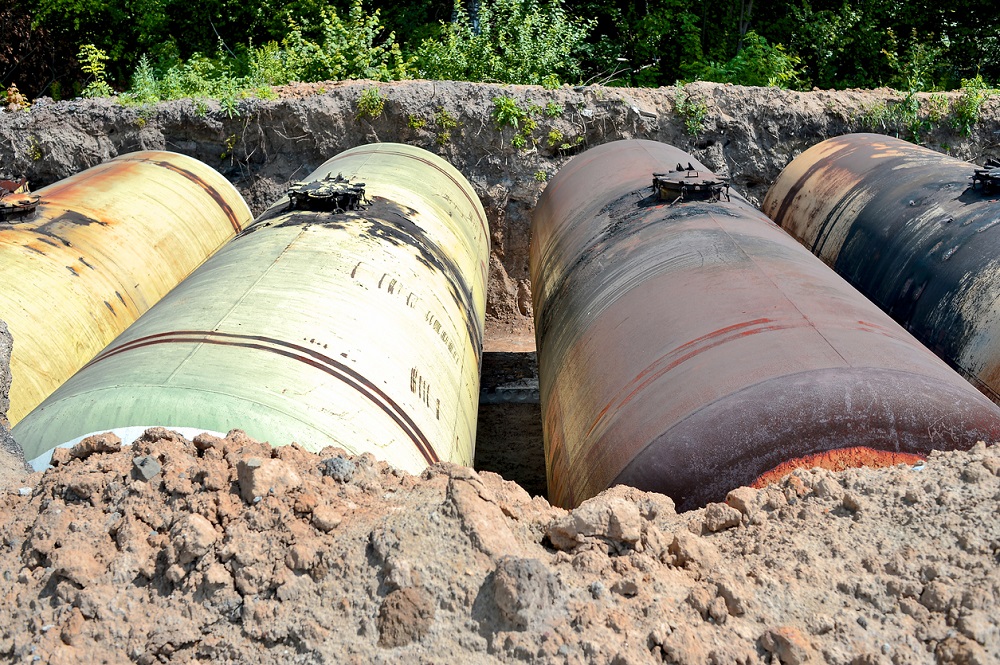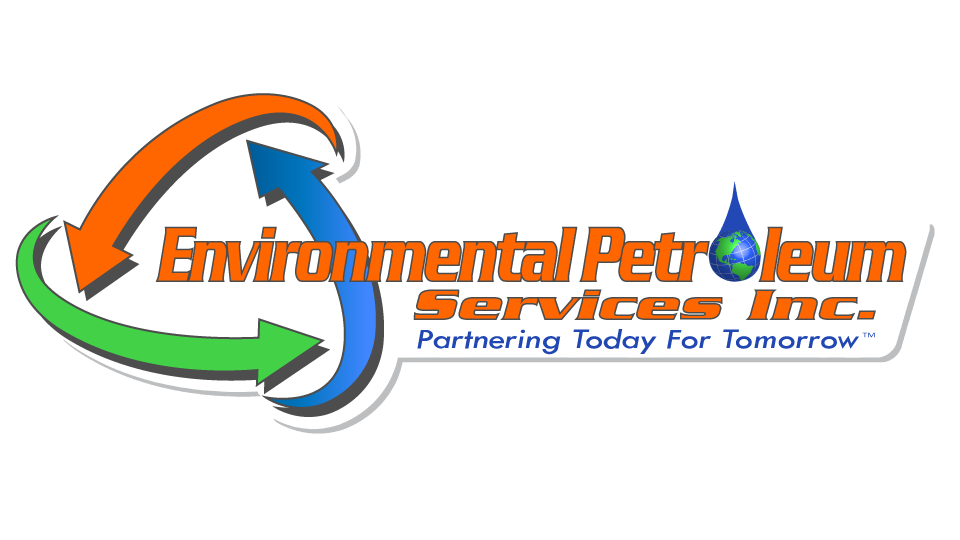Why is Release Detection Crucial?
All regulated tanks and piping must have release detection so that leaks are discovered quickly before contamination spreads from the UST site. You must provide your UST system with release detection (often also called leak detection) that allows you to meet three basic requirements:
1. You can detect a leak from any portion of the tank or its piping that routinely contains petroleum; and
2. Your leak detection is installed and calibrated in accordance with the manufacturer’s instructions.
The leak detection requirements are summarized in the table below:
*Monthly means at least once every 30 days.
Release Detection Requirements:
Tanks – (Installed on or before April 11th, 2016):
Monthly Monitoring* or Monthly Inventory Control and Tank Tightness Testing Every 5 Years. Few tanks can use this option. Tanks installed on or before October 13, 2015 may be able to use this option for 10 years after installing a new UST or upgraded UST with corrosion protection. After this 10 year period, monthly monitoring is required.
Tanks – (Installed or replaced after April 11th, 2016):
Secondary Containment with Interstitial Monitoring
Pressurized Piping – (Choice of one from each Set A and Set B for Piping installed on or before April 11th, 2016):
Set A:
1. Shuts off Product Flow
2. Restricts Flow
3. Triggers Audible or Visual Alarm
Set B:
1. Annual Line Testing
2. Monthly Monitoring (Excludes Automatic Tank Gauging Systems)
Pressurized Piping – (Installed or replaced after April 11th, 2016):
Use an automatic line leak detector that:
1. Shuts off Product Flow – or –
2. Restricts Flow – or –
3. Triggers Audible or Visual Alarm
AND
Secondary Containment with Interstitial Monitoring
Suction Piping – (3 Choices for piping installed on or before April 11, 2016):
1. Monthly Monitoring* (except automatic tank gauging); or
2. Line Testing Every 3 Years; or
3. No Requirements if the following characteristics are readily determinable:
• Below-grade piping is sloped so that its contents will drain back into the storage tank if the suction is released.
• Each suction line has only one check valve which is located directly below the suction pump.
• System must operate at less than atmospheric pressure.
Suction Piping – (installed or replaced after April 11th, 2016):
1. Secondary containment with interstitial monitoring; or
2. No Requirements IF the following characteristics are readily determinable:
• Below-grade piping is sloped so that its contents will drain back into the storage tank if the suction is released.
• Each suction line has only one check valve which is located directly below the suction pump.
• System must operate at less than atmospheric pressure.
*Monthly monitoring choices in the table above include:
1. Interstitial method – secondary containment with interstitial monitoring; secondary containment and under-dispenser containment.
2. Internal methods – automatic tank gauging (ATG) systems; statistical inventory reconciliation (SIR); continuous in-tank leak detection.
3. External method – monitoring for vapors in the soil; monitoring for liquids on the groundwater.
4. Other methods approved by the implementing agency.


